What is a Railroad Excavator: The Ultimate Guide to Rail Maintenance Efficiency
Introduction: The uniqueness of railway excavator
Railway Excavator is a kind of engineering machinery specially designed for railway construction and maintenance. The biggest difference between the excavator and ordinary excavator is that it can travel on the highway or directly on the rail. This is thanks to its liftable steel guide wheel system (Hi-Rail System), which allows the machine to switch freely between road and rail modes.
With strong mobility and the ability to adapt to a variety of hydraulic tools, railway excavators are widely used in railway maintenance, sleeper replacement, ballast cleaning, trench excavation and emergency maintenance and other working conditions, and are indispensable high-efficiency equipment in railway construction site.

Structure and Design Features of Railway Excavator
A professional railroad modification , typically based on standard hydraulic excavators, is designed for structural reinforcement and orbital modifications, with the following main design features:
Hi-Rail Wheel System
The system allows the wheels of the excavator to run close to the track and switch back to the normal ground running mode after the operation on the track is completed.
Enhanced chassis stability
As railway construction is mostly carried out on narrow tracks, railway excavators are usually equipped with hydraulic outriggers and rail locking systems to ensure safety and balance during operation.
Compatibility of multi-function hydraulic accessories
Different appurtenances can be quickly changed according to construction requirements, such as: Ballast Tamper, Sleeper Changer, Ballast Blaster, Rail Grab, etc., so as to realize "multi-purpose of one machine".
High safety standard cab
The cab has good panoramic view and ROPS/FOPS design, and some high-end models are also equipped with anti-collision sensors and automatic braking systems.

Main applications and working scenarios of railway excavator
Railway excavators are widely used and almost universally used in railway construction and maintenance. Typical applications include:
Track Repair and Replacement
Railway excavators can easily grab, handle and position old rails, install new rails and adjust gauge.
Ballast cleaning and replacement
Cooperate with the cleaning machine or tamping tools to effectively remove the polluted ballast and re-lay new materials to ensure the track stability.
Maintenance of Trenches and Drains
Trenching bucket or slope scraper can be used to clean the ditches on both sides of the railway and trim the slope to prevent the ponding from affecting the track.
Wayside Greening and Obstacle Removal
Cooperate with mower or brush crusher tools to quickly remove weeds and branches beside the track and ensure driving safety.

Five Benefits of Using Railway Excavators
Dual travel mode for greater mobility
One machine can switch freely between highway and track, saving equipment transportation and dispatching time.
One machine for multiple purposes, economical and efficient
It can carry various hydraulic accessories, railway sleeper replacement, ballast cleaning bucket , ballast blaster undercutter and other multi-function operations, and reduce equipment investment.
High safety and operational accuracy
The hydraulic balance system and intelligent control system make the operation more stable and safe and reduce human errors.
Simple maintenance and longer service life
The main parts is of reinforced structure design, and the key parts are made of wear-resistant materials, suitable for long-term high-strength railway working conditions.
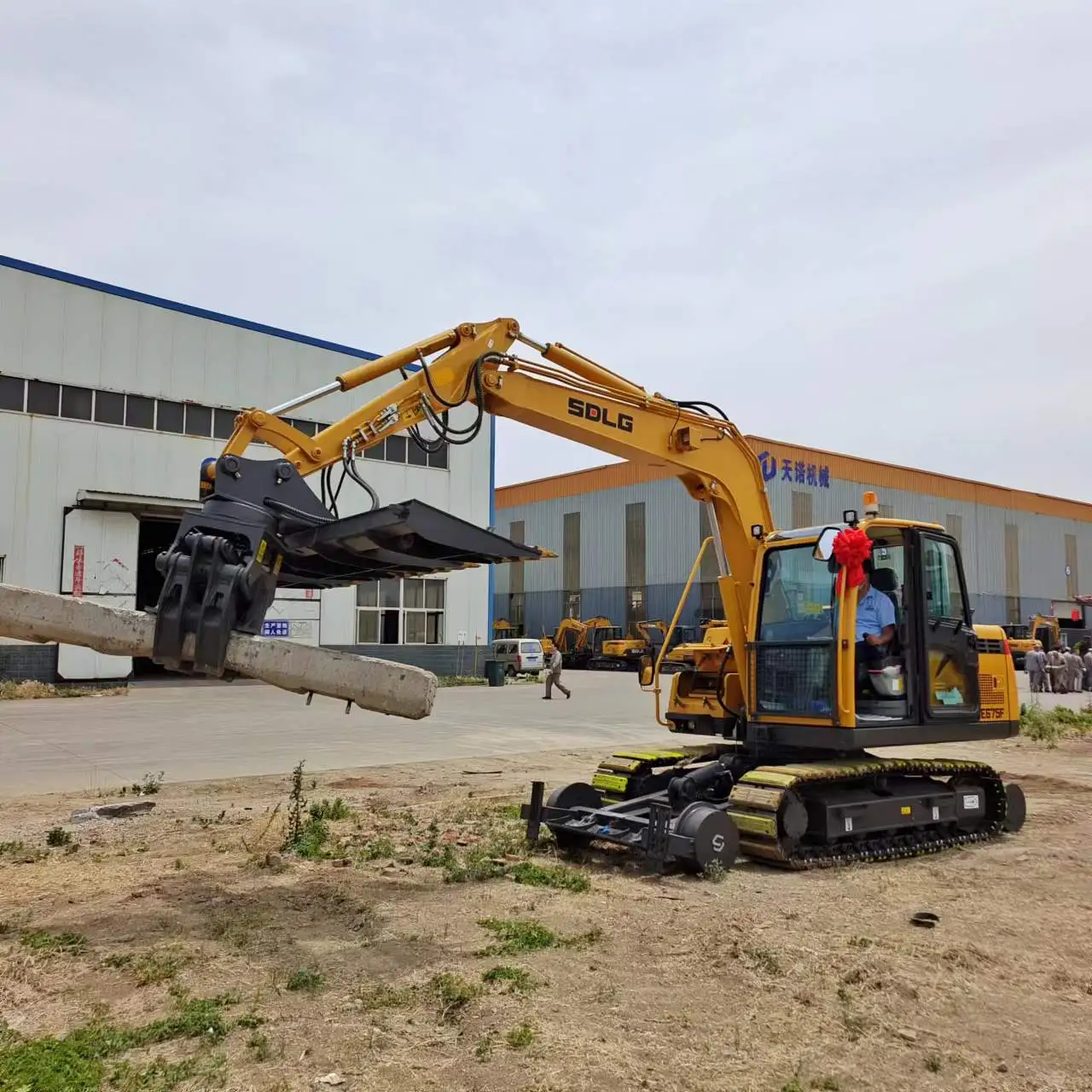
How do I select a suitable railway excavator?
When selecting a suitable railroad excavator, the following aspects can be considered:
Tonnage and power matching:
Generally, it is recommended to select 10 – 25ton model, which can ensure both power and flexibility.
Are compatible with:
Ensure that machines support common railway attachments such as sleeper clamps, ballast tampers, track tongs, etc.
Travel speed and turnaround efficiency:
If there are many project points and long distance, the model with fast railway running speed shall be preferred.
After-sales service and parts supply:
Select manufacturers with international service network to guarantee follow-up maintenance.
Safety certification and standards:
The equipment shall comply with the Railway Department Safety Code and pass relevant certification tests
In general, the railway excavator combines "flexible walking, multiple functions, safety and efficiency" and is an important mechanical equipment for modern railway construction and maintenance.Whether it is sleeper replacement, ballast cleaning or line emergency repair, it can play a huge role in the limited space.High-quality railway excavator can not only reduce the construction cost, but also significantly improve the construction efficiency and safety, providing guarantee for railway engineering
FAQ
Q1: What is the difference between a standard excavator and a railroad excavator?
A: A railroad excavator can operate both on roads and railway tracks using rail wheels, while a standard excavator cannot.
Q2: What are the main attachments used with a railroad excavator?
A: Common attachments include sleeper changers, ballast tampers, grabs, undercutters, and rail threaders.
Q3: Can a railroad excavator travel long distances on rail?
A: Yes, but it’s mainly designed for short-distance movement between worksites rather than long-haul travel.
Q4: What tonnage is suitable for railway work?
A: Typically, machines in the 10–25 ton range are ideal for most railway maintenance and construction tasks.
Q5: How often should maintenance be performed?
A: Basic inspections should be done daily, with full maintenance every 250 operating hours or as per manufacturer’s recommendation.
YOU MAY LIKE
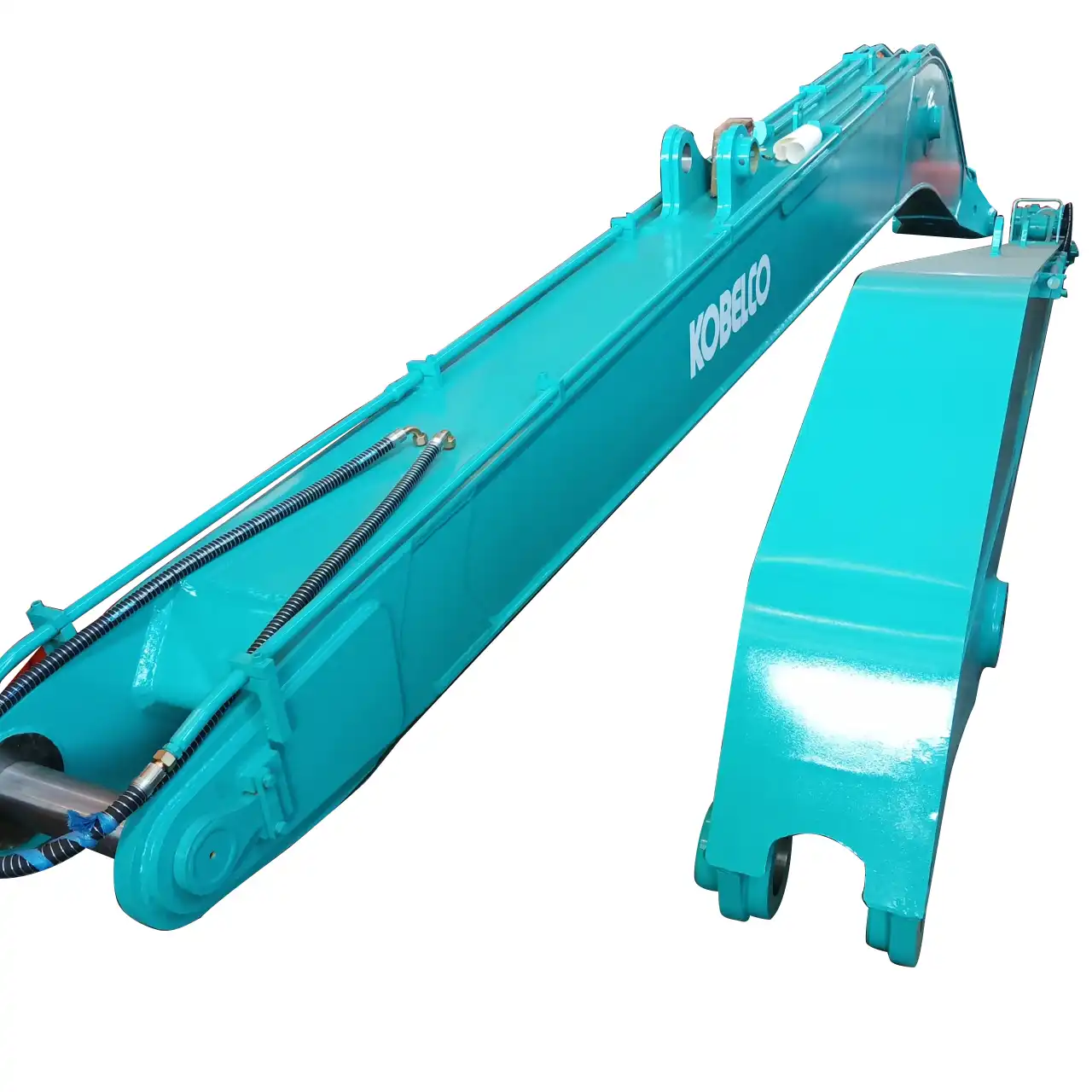 VIEW MORELong Reach Boom for Kobelco Excavator
VIEW MORELong Reach Boom for Kobelco Excavator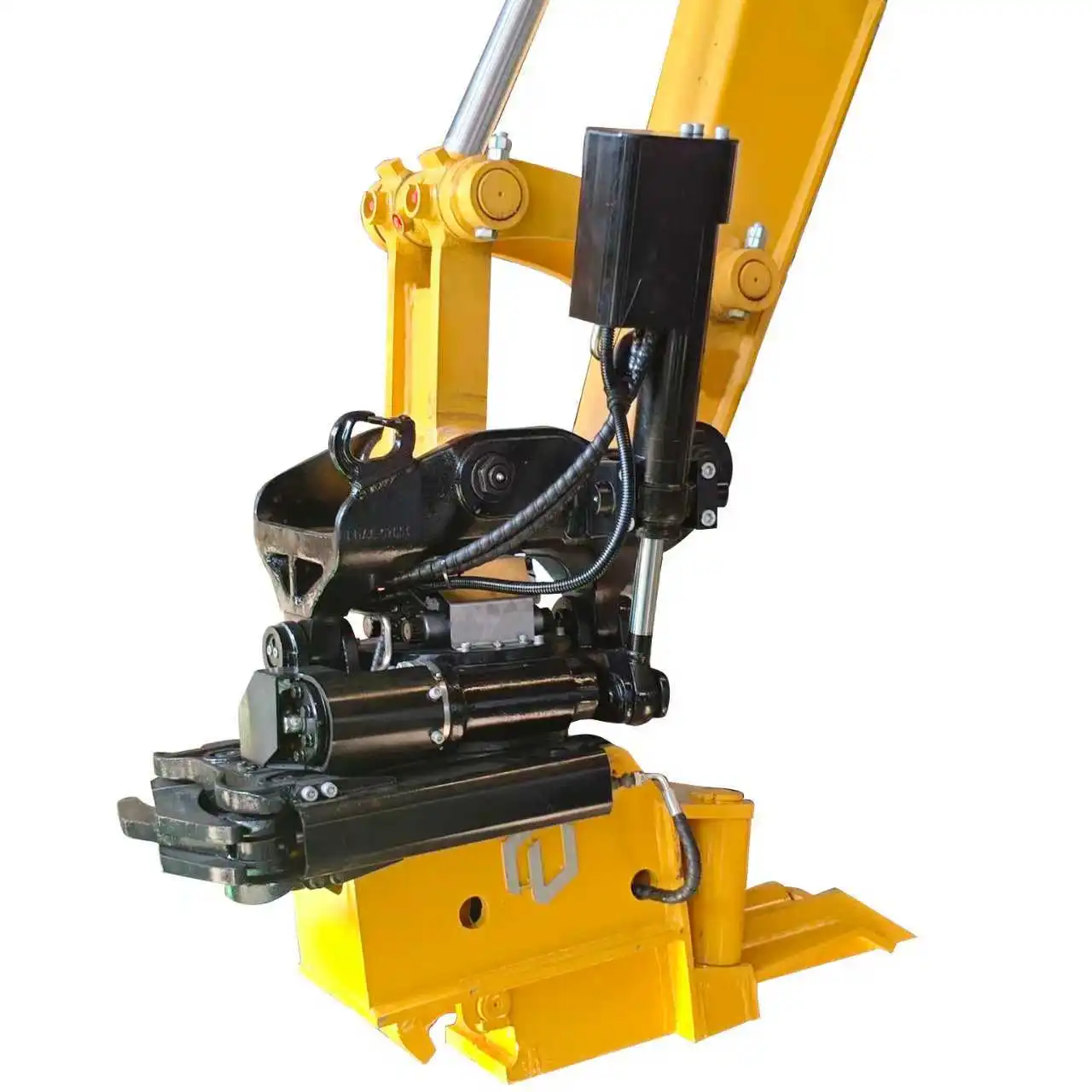 VIEW MORERail Transfer Guide(Rail Threader)
VIEW MORERail Transfer Guide(Rail Threader)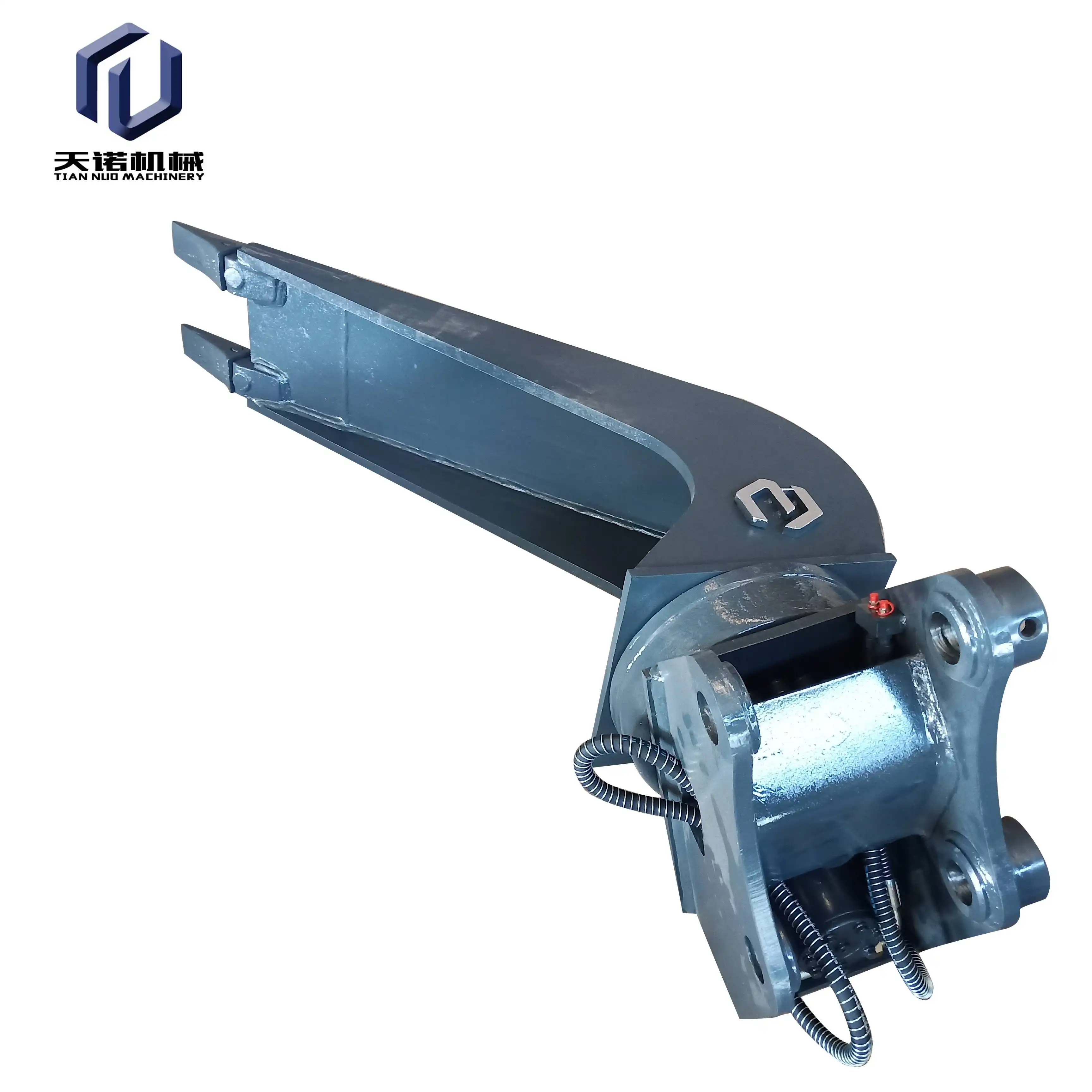 VIEW MOREExcavator ballast cleaning hopper
VIEW MOREExcavator ballast cleaning hopper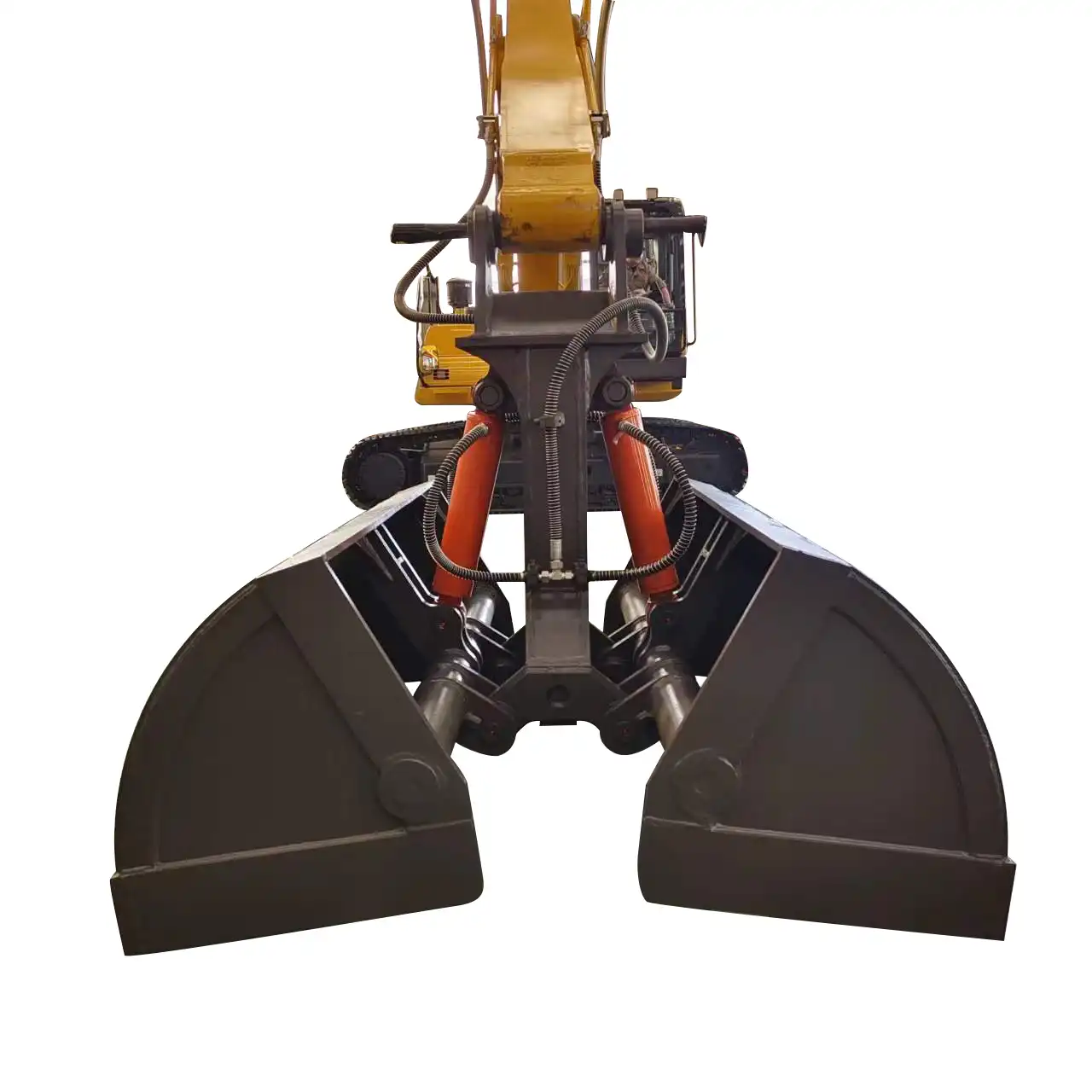 VIEW MOREClamshell Buckets for Excavators for sale
VIEW MOREClamshell Buckets for Excavators for sale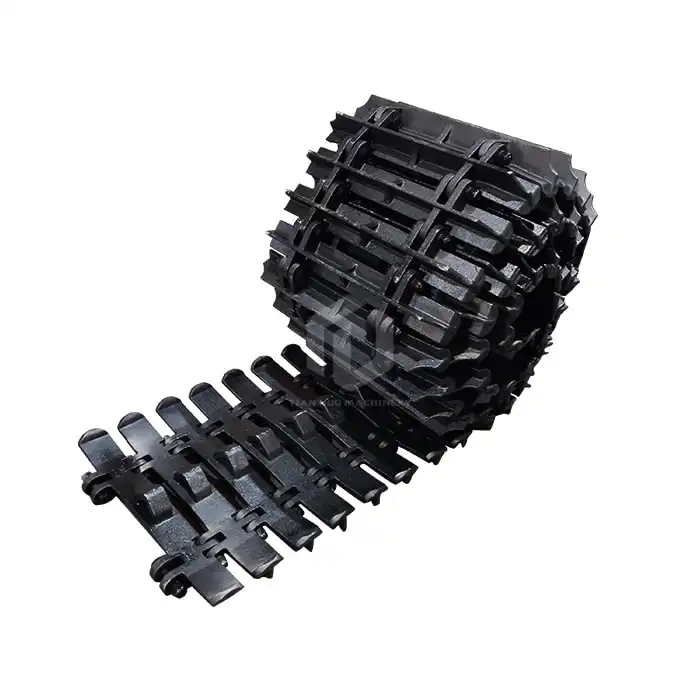 VIEW MORETruck Anti-Skid Track
VIEW MORETruck Anti-Skid Track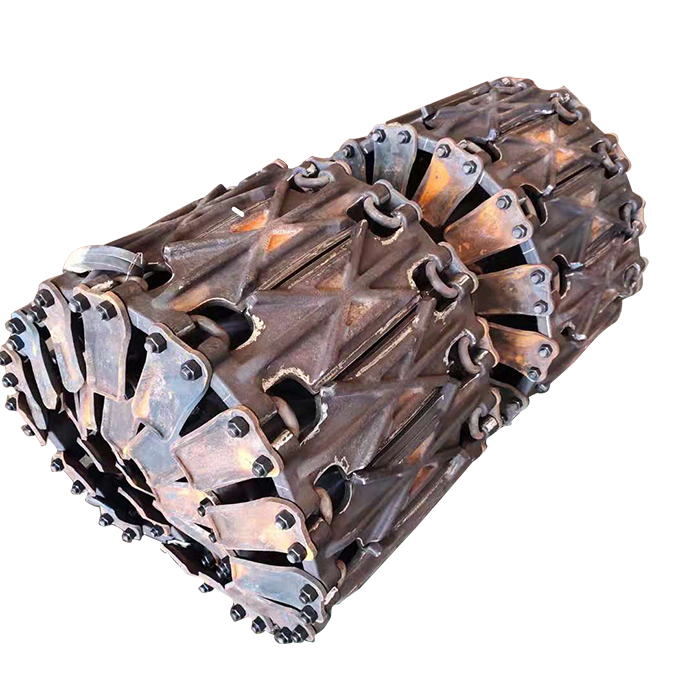 VIEW MORELoader Tire Anti-Skid Track
VIEW MORELoader Tire Anti-Skid Track VIEW MOREFront Loader Bucket
VIEW MOREFront Loader Bucket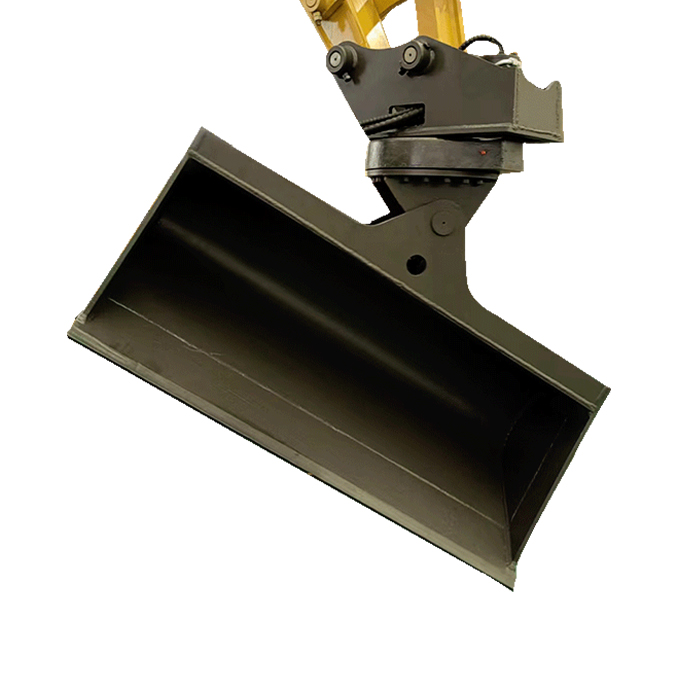 VIEW MOREDegree Rotating Hydraulic Tilt Ditching Bucket
VIEW MOREDegree Rotating Hydraulic Tilt Ditching Bucket

